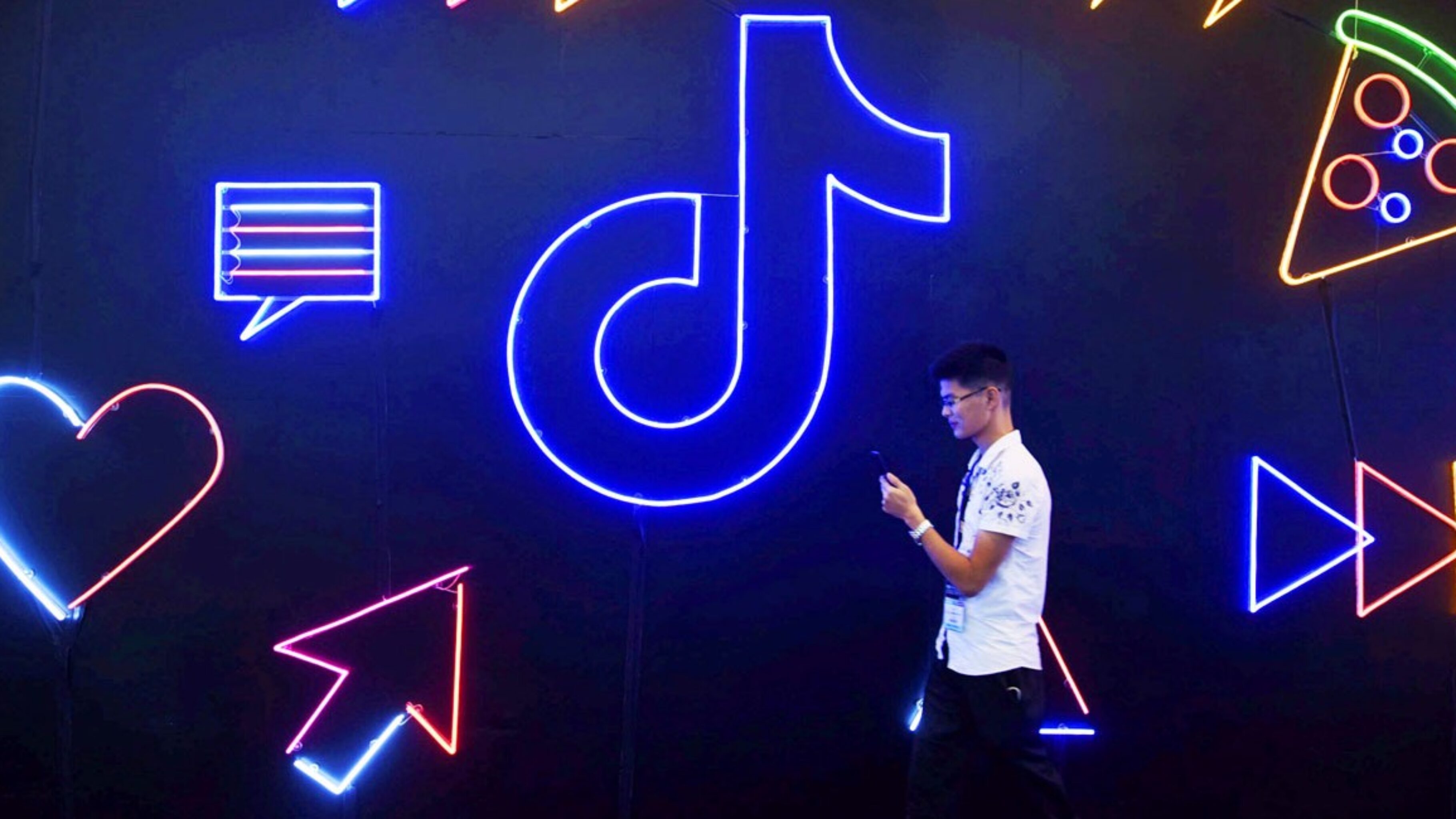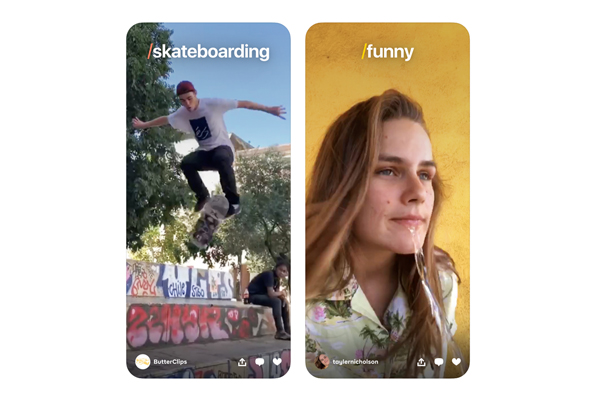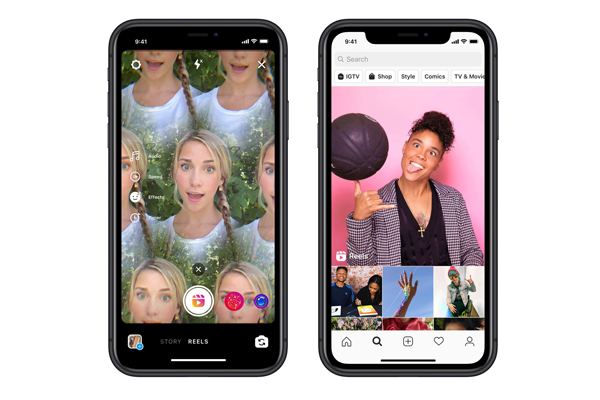Getting young people’s attention has been the eternal struggle to marketers, but in the digital age, getting your brand across the sightlines of Gen-Z has never been easier. Of the many apps which have successfully switched a key demographic for marketers is TikTok. The easily consumable and frighteningly addictive video clips have proved a boon for content creators and influencers, with brand cashing in.
Quickly soaring past Twitter and Instagram as far as engagement rates were concerned, there are now fears that the party could be over with US President Donald Trump indicating his intention to ban TikTok in the US. There have been growing concerns about the Chinese-owned app’s record on content moderation as well as their approach to data privacy.
This led to President Trump issuing an ultimatum to TikTok’s Chinese parent company threatening to ban the app if they didn’t sell. Following an outright ban of the app in India, where it had 200 million users, this is another blow to the platform which has so far proved profitable for marketers.
How do marketers and brands use TikTok?
Create a channel
Brands can create a channel on TikTok and upload promotional content, with the hope of it going viral. Keeping videos short, engaging and memorable is the best way to grab attention and the use of music is also a must. A brand can launch a particular campaign through its TikTok channel, as well as on other platforms. Hashtag challenges are a great way to gain traction on TikTok, so brands will try to use their channel to get one of these to take. You can also encourage other kinds of user-generated content through your channel.
Work with influencers and content creators
Brands may seek the services of influencers on TikTok to get their message out. These are usually people with hundreds of thousands or even millions of followers. Influencers will extol the benefits of your brand to its mass audience.
Paid advertising
Just like any other social media platform, brands can pay for advertising to appear in the feed of TikTok users.
What has been the immediate effect of the threatened ban?
The threat of a ban has led to a fall-off in TikTok’s use as a marketing tool among brands. The issues of the app’s approach to content moderation have already spooked many brands. Because the app is used overwhelmingly by under 29s and children, there is a higher possibility of users being exposed to inappropriate content. This is something many brands don’t want to be associated with, and some have allocated marketing budgets to other avenues and platforms.
What options do brands and marketers have?
For brands and marketers who have yet to show their hand, there are a few options available to them. These include:
Sitting tight
Many brands have been delighted with the way TikTok has allowed them to engage with a highly-sought-after demographic. Building brand loyalty is always a key strategy, and locking that in at an early age can prove continuously profitable for brands.
Therefore, some may not be so keen to give up on TikTok just yet and consider hedging their bets that an all-out ban won’t materialize. They may even ramp up their presence on the app as others quit the platform, giving them greater exposure or they may decide to go out on one last memorable campaign on the app which may stick in the minds of users long after they’ve deleted from their phones.
Brands and content creators may want to connect with particular influencers to sound out their intentions before abandoning TikTok altogether.
Consider alternatives
The format of TikTok has proved hugely popular, and a well-crafted, simple message can gain the kind of traction other platforms can only dream off. Of course, it is not the first short-form video-sharing app, with Vine, which was previously owned by Twitter, first appearing in 2012 before being wound up in 2016.
However, some of Vine’s co-founders launched Byte early in 2020, which works in much the same way as TikTok in that users can view and upload short video clips. It has yet to reach the same levels of popularity as TikTok, but the US-owned app could emerge as a significant player due to TikTok’s well-documented problems.
In August 2020, Instagram launched, Instagram Reels. The new feature, available in 50 countries, is an explicit competitor to TikTok. Users can create and upload videos up to 15 seconds, and Instagram has tapped into the relationship these kinds of apps have with music and worked closely with artists and music publishers to provide users with a broader range of music to choose from.










